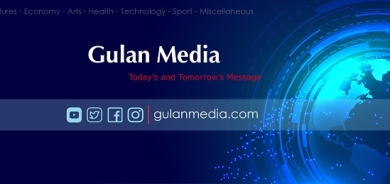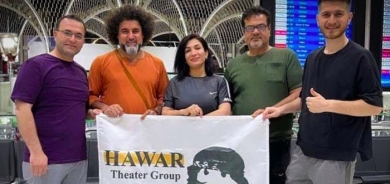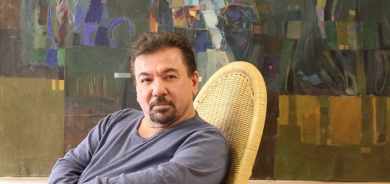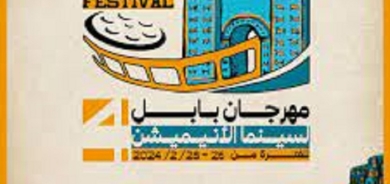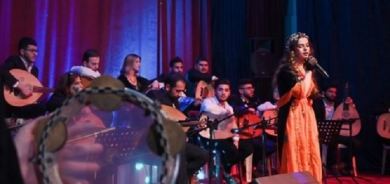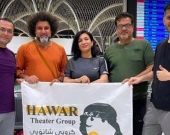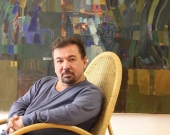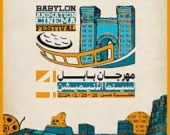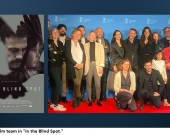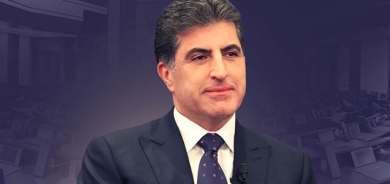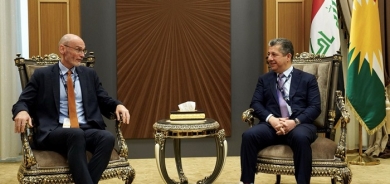“Joyfully Defiant”: A Photographic Introduction to the Kurds
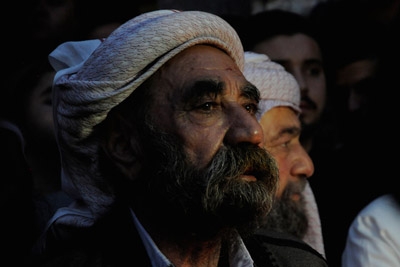
Robert Leutheuser is an independent cultural photographer who has dedicated himself to documenting community life in the Middle East, focusing on Kurdish peoples. Perhaps most notably, his work has helped the international community to understand who the Yezidis are. (Yezidis are considered by most, but not all, to be ethnic Kurds.) And, as they face and fight genocide, his work preserves the memory of what the Yezidis have lost — and are losing — in the Sinjar. While I confirmed the destruction of the temples of Sheikh Sin and Sheikh Mikhfiya, we discussed why and how he achieves his results.
Sam Hardy: What first drew you to Kurdish society?
Robert Leutheuser: I first encountered the Kurds in 1997 during a travel through Turkey. I had pushed eastward as far as time and courage allowed, as the PKK (Kurdistan Workers’ Party)–Turkish separatist war was still raging. In a vacant lot next to Şanliurfa’s bus station, a troop of 5 Kurdish men gathered in haste and began playing Kurdish music and dancing. A very few other men joined in. This expression of Kurdishness was absolutely forbidden at the time, and to be captured by the Turkish jandarme would have meant prison time, if not worse. They were joyfully defiant, and quickly sped away in a small taxi. This was my introduction to the Kurds.
Four years later I embarked in an extensive travel through the greater Middle East, and the intervening ceasefire allowed me full access to eastern Turkey (northern “Kurdistan”). The hardened landscapes were softened by spring, and the weary Kurds were beginning to relax a wee bit after a couple years of peace. I was smitten; how much I wouldn’t immediately know. Through theexploration of travel, my photography, and reading, I began to appreciate the perseverance and complexities of the Kurdish peoples. For 15 years now I have allowed myself to fall into their worlds. I continue to tumble, the most recent chapter being written with the Yezidis, accepted by many if not most to be ethnic Kurds.
SH: How have you gained the trust necessary to capture such expressive moments and intimate portraits?
RL: Thanks for your kind words about the photographs, Sam. There are two elements. The foundation is the nature of my travel; and then for me to have the confidence to include the camera in the relationships. I travel alone and slowly which is a fertile combination to seek out opportunities (or to allow opportunities to find me). And once in these situations, I have to be comfortable enough to actually take the photographs. This all is organically communicated. No trust, no photograph.
Although I deeply honor and appreciate “candid” photography (and I do my fair share of it), without exception my best photographs are those where the person is looking directly at me through the lens. The moments are extraordinary, and hopefully they are communicated to the viewers of the photographs. As time goes on I am most proud of the experiences with people that allow me to take the photographs.
SH: How does your photography affect your relationship with communities and vice versa?
RL: The camera has been a full partner in the my relationships with folks, but interestingly, as time goes on and my friendships and levels of inquiry deepen, the camera is less of a player for all of us. But initially the camera often is my ticket into the worlds I visit. A facet that is important is for the people I photograph is to know that my photographs will respect them. I always carry a small pocket-sized portfolio of photos from previous travels with me which I share with many for multiple reasons. But what matters the most is that people see that the photos honor the subjects. And with digital photography, I can immediately turn the camera around and show the person their photograph. The responses are (almost) universally positive, and I can go on shooting, the camera actually disappearing.
SH: I first saw your work when we discussed reports of Islamic State destruction of Yezidi shrines. Have politics and violence influenced your work or its future direction?
RL: I remain incredulous at the barbarity of the Sunni jihadists and the raw evil they shower upon the Yezidis and others. How it will affect my future photography I do not know, but I do know that I cannot and will not silently bear witness. These are my friends. I mean I have deep personal friendships among the Yezidis, and I mean the Yezidis as a people are my friends. I have spent years amongst them. So I am active — raising funds, writing letters, giving presentations, coordinating actions, etc. Of course it can never be enough. I am happy that my photographs have been used by many organizations and publications — primarily online — to inform and to mobilize actions to support the Yezidis. It is the smallest of values I can return to my friends, my hosts, my protectors.
Robert Leutheuser produces Beyond Borders Photography, where more of his photographs can be seen. His slideshow on “What the Yezidis Lost In the Sinjar” is available on YouTube.
Hyperallergic

